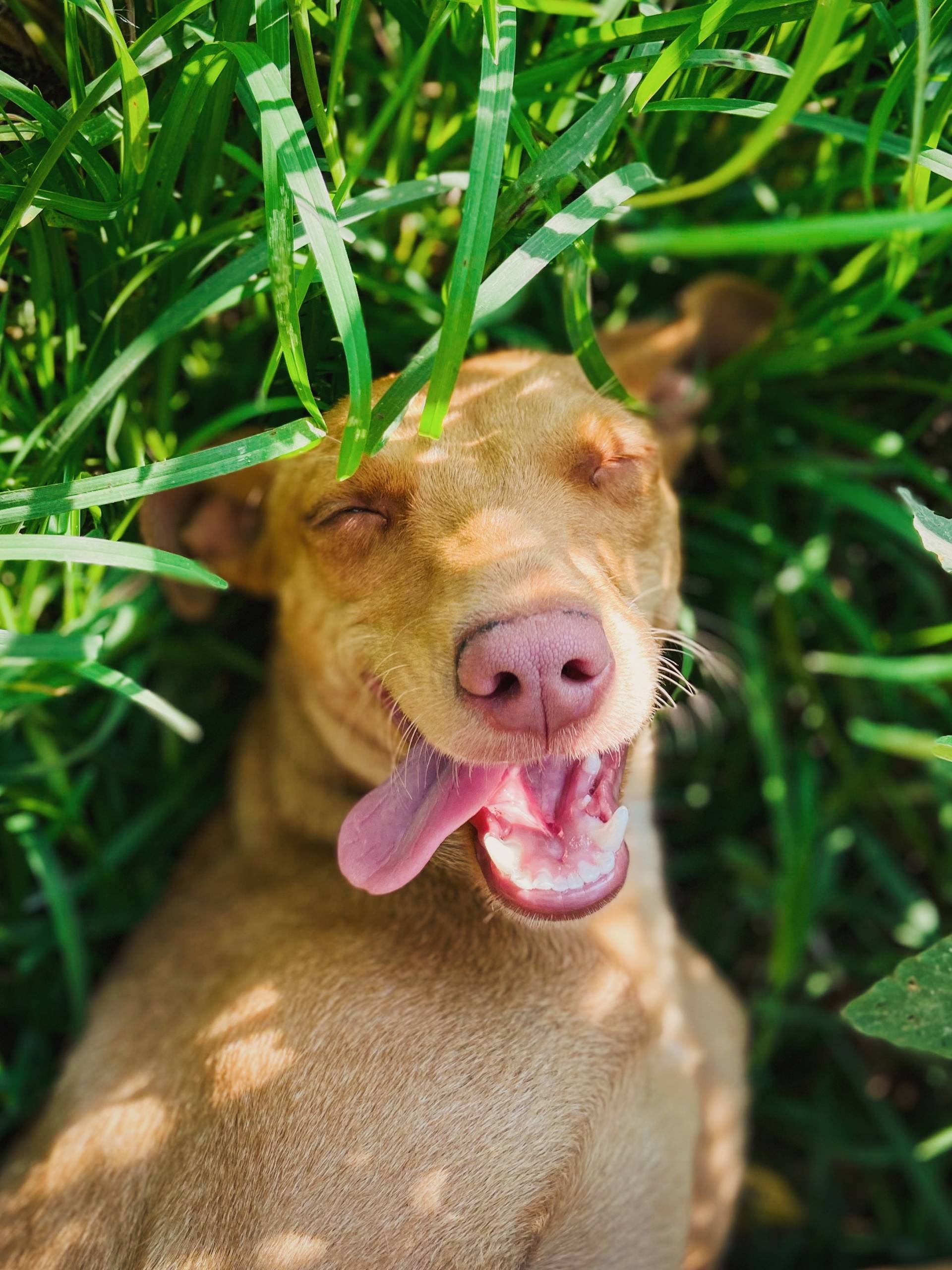If a male dog is humping another male dog, it can be puzzling for pet owners. This behavior is common and often raises questions about the underlying motivations.
Reasons Behind Humping
Humping, or mounting, is a behavior exhibited by both male and female dogs. While it may be associated with mating instincts, the reasons can be diverse. One major factor is the establishment of social hierarchy. In the canine world, dogs have a natural tendency to assert themselves within a pack. Humping can serve as a means for one dog to demonstrate dominance over another, particularly among males.
It’s important to note that humping doesn’t always reflect aggression. In many cases, it can be part of playful interactions. Dogs often engage in rough play, and humping can be an expression of excitement during these moments, especially if the dogs share a close bond.
Excitement and Overstimulation
Another trigger for humping behavior is excitement or overstimulation. Dogs may become overly enthusiastic during playtime, when meeting new friends, or even when their owners return home. In such situations, humping may simply serve as an outlet for excess energy.
Anxiety and Stress Factors
Anxiety can also play a role in humping behavior. Dogs might experience stress due to changes in their environment, such as moving to a new home, welcoming a new pet, or shifts in their owner’s routine. If a male dog is humping another male during stressful times, it may be a coping mechanism for managing his feelings.
Addressing Excessive Humping
While humping is a natural behavior, it can become excessive or problematic. Observing the context is key—determine whether the humping occurs during play or appears more forceful. This understanding helps in addressing the behavior effectively.
Training and socialization are crucial in managing humping. If a male dog humps another excessively, implementing training techniques to redirect attention can be beneficial. Teaching commands like “sit” or “leave it” can help gain control during these moments. Rewarding good behavior reinforces positive actions and can reduce unwanted humping.
Socialization also plays a vital role. Exposing a dog to various social situations helps him learn appropriate ways to interact with other dogs. Positive experiences can aid in understanding boundaries and acceptable behavior.
Monitoring Interactions
Keep an eye on interactions between your male dog and others. If certain dogs trigger humping, it may be wise to limit their interactions or supervise them closely. Identifying triggers allows for proactive measures to prevent unwanted behavior.
While humping can be natural, the health and well-being of the dogs involved should be a priority. If humping becomes aggressive or leads to fights, immediate intervention is necessary to protect both dogs. In cases of excessive or compulsive humping, consulting with a veterinarian or a professional dog trainer may help identify underlying issues and provide effective solutions.
Medical Considerations
Sometimes, medical conditions can contribute to humping behavior. Issues like urinary tract infections or hormonal imbalances may increase humping tendencies. If a medical problem is suspected, visiting a veterinarian for proper diagnosis and treatment is crucial.
Observing and Understanding
Recognizing the reasons behind a male dog’s humping behavior is key to addressing it. Understanding that humping can arise from social dynamics, playfulness, excitement, or stress allows for a more empathetic response. Each dog is unique, and their motivations may differ. By observing behaviors and contexts, valuable insights can be gained. With time and consistency, it is possible to help a male dog develop better social skills and reduce unwanted humping. Dogs communicate in ways that can be unclear to us, and humping may be one of those behaviors that leave pet owners confused. With careful observation and understanding, it’s possible to facilitate more comfortable and appropriate social interactions for both dogs. Creating a safe and positive environment will ensure that both male dogs feel secure and content.



